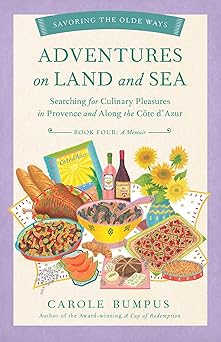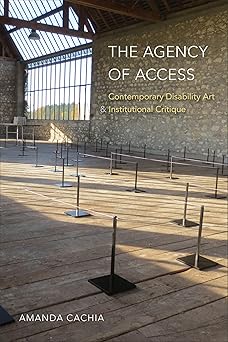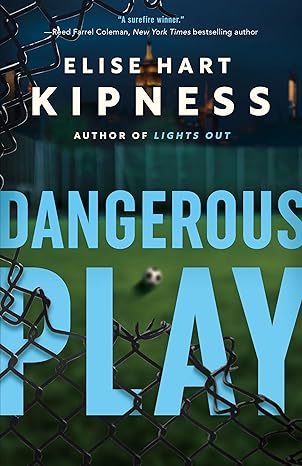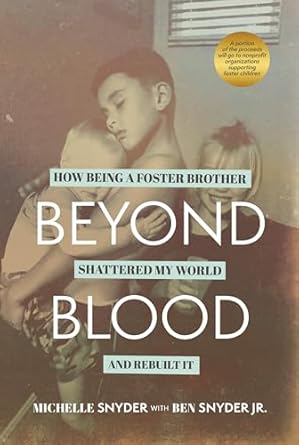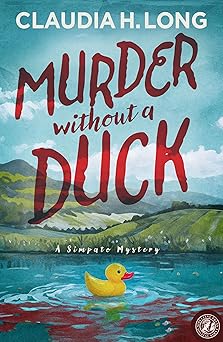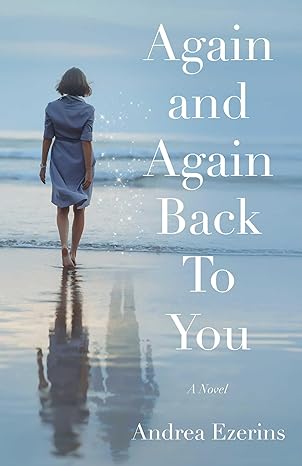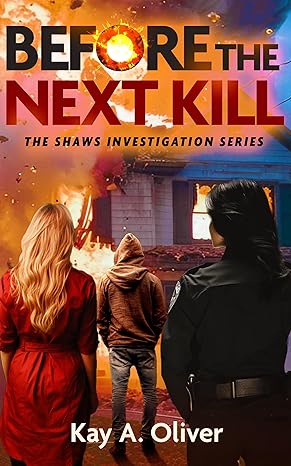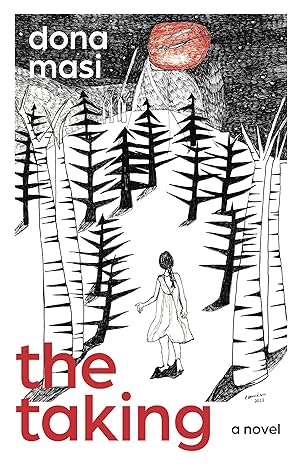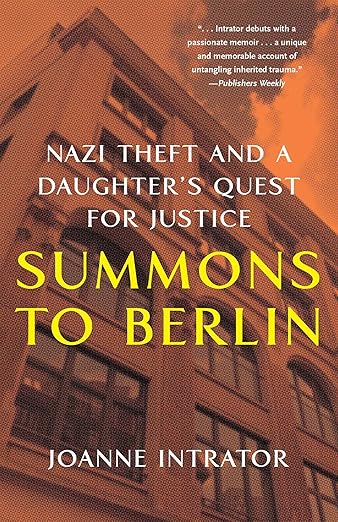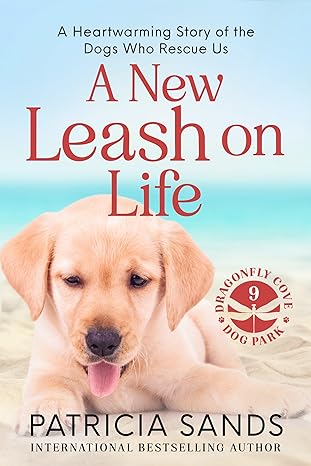Maryam Diener: On Writing
At school in Iran, I was drawn to the works of the poet Forough Farrokhzad. Modernist and revelatory, her poetry was a turning point in the Iranian literary world. She used the written word to explore personal emotions in a world where it was taboo for women to write about their inner life. For hundreds of years poetry focussed on the epic and heroic stories of the wars, or the Koran and the spiritual world. There was no place for poems about profane love or other subjective experiences.
I remember discovering the directness of her words and they inspired me to break out of the mould the patriarchal society had created for literature.
It was not only the content of Forough Farrokhzad’s poetry that was revolutionary, her use of poetic form was too. Traditional rhymes and structures were abandoned and her poetry didn’t follow the rhythm of quatrains and stanzas. Forough Farrokhzad shocked the patriarchal society, who were taken aback that a woman would not only write about her personal feelings, but also break the rules of traditional poetry. However, she was connecting with the world around her and was becoming the new zeitgeist.
Her work stayed with me and decades later I discovered that she was also a film director. On watching her film for the first time at the Documenta in Kassel, I knew I had to write a historical novel about her and the power of her work with language and the visual.
As I began to research her, her extraordinary journey began to unravel before my eyes, revealing a tremendous fight to achieve creativity and break through the limitations of origin and gender. On being interviewed by Bertolucci, he asked how it felt to be a woman and a successful film director and poet. She responded that creativity is not about being a man or a woman.
The power of her work pulled me into her universe. Her poetry books were prohibited in bookshops, but I managed to get hold of some on the black market, through my cousin. Her story was both beautiful and sorrowful. Her life came to a tragic ending far too soon and I remember crying as I wrote the last words of Beyond Black There is No Colour: The Story of Forough Farrokhzad.
I think some literature finds you and never lets you go. I am tempted to say that in the case of my last three novels — it’s as if protagonists and their work found me. They could tell I would be interested in them and would want to tell their story.
Inspiration for my next book came when I came across a painting on the wall of an antique dealer in Mexico City. Again, it was like an invitation to discover the work and learn about the journey of the painter. And so I learnt about Nahui Olin – a Mexican artist. She was an astonishing beauty, with an extraordinary story. She was a child prodigy, who was writing poems in French at the age of five. I was quickly lured into her world and started to get to know her friends and other artists from the same era. I began to learn about a group of friends and artists working and meeting in the Roma neighbourhood of Mexico City, and so another world opened up its doors and I went in — the Surrealist era.
And so my book Exquisite Corpse was born, framed like the game invented in Andre Breton’s house in Paris. Little is known of the many female Surrealist artists of the time, and appreciation of their work is often linked to the male artists. I wanted to give the women the recognition they deserved, as the fight to become successful as a female artist was a far steeper mountain to climb. I became curious about the different paths they had chosen and started to write about five surrealist women artists, their creative world and the difficulties they experienced in finding a place in the movement.
My latest book came to me in a similar manner: the works of the Bauhaus photographer Edith Tudor-Hart had the same power. As I began to research her, I found that she was not only a brilliant and Avant Garde photographer but also a Soviet agent working for the GRU after she had immigrated to England. The story of her intellectual Jewish background from Vienna and her exposure to the misery of the aftermath of the 1st World War led her to the Communist Youth movement. In turn, her fight against fascism in the 1930s brought her closer to the Russians. At the same time, many young creative artists from Continental Europe emigrated to London, forming a new pool of intellectuals, all fighting for the same cause and working as writers, architects, designers and artists in Hampstead.
It was then that I came across the Isokon building and its residents. The modernist building, commissioned by Jack and Molly Pritchard and constructed by Wells Coates became a symbol of progressive life allowing young women who pursue a career to afford housing and become independent. In this between-war atmosphere, these creative and intellectual minds were able to find a sense of community and hope despite all coming from different countries as refugees. Delving into their worlds, I realised the extent of the danger and peril they encountered. I chose to write about Soviet agents Edith and Ursula, who emigrated to England but never actually met. Although it seems they lived almost Parallel Lives (the title of the book), they never actually met. What united them was their mission: being a mother, a wife and a spy.
Writing about these women did not feel like a choice, their stories came to me and I had to put them onto the page. It was not their gender that inspired me, but the creative spirit of each of these individuals and their complex and difficult lives.
—
Maryam Diener was born in Iran and attended the Sorbonne in Paris before receiving her Masters from Columbia University. She is the author of The Moon (1998), Sans te dire adieu (2007) and Beyond Black There is No Colour: The Story of Forough Farrokhzad (Quar tet Books, 2020) and Exquisite Corpse (2021). In 2012 she co-founded Éditions Moon Rain bow, a publishing company specialising in limited-edition books on poetry and the visual arts including There Must Be Someone to Rewrite Love, which features contributions from Bei Dao and Francesco Clemente.
PARALLEL LIVES
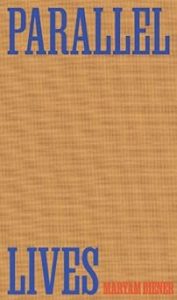 Edith Tudor-Hart was a Bauhaus-trained photographer, and Ursula Kuczynski a writer and polyglot. Both were immigrant dissidents fighting fascism throughout the turbulent 30s and 40s. They never met, and yet communist agents, radical activists and devoted mothers both, their lives regularly crossed on the leafy streets of Hampstead and in the sophisticatedly bohemian world of the Isokon building – a haven for free-thinking émigrés and modernist marvel that promised a new way of living.
Edith Tudor-Hart was a Bauhaus-trained photographer, and Ursula Kuczynski a writer and polyglot. Both were immigrant dissidents fighting fascism throughout the turbulent 30s and 40s. They never met, and yet communist agents, radical activists and devoted mothers both, their lives regularly crossed on the leafy streets of Hampstead and in the sophisticatedly bohemian world of the Isokon building – a haven for free-thinking émigrés and modernist marvel that promised a new way of living.
Together but apart, they changed history – one helping form the famous Cambridge Five spy ring, the other handler of the nuclear scientist Klaus Fuchs. They were denied the chance to share the dangers they faced, but the secret nature of their work tied them by invisible threads. Maryam Diener is masterful at the blending of fact and fiction. In Parallel Lives she traces the haunting secrets, traumas and victories that bound these remarkable women. The publication coincides with the 90th anniversary of the Isokon building, and is an informative and powerful summer read from an established author.
BUY HERE
Category: On Writing






